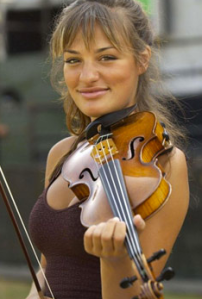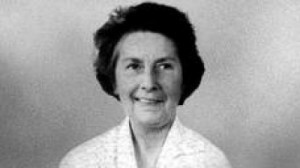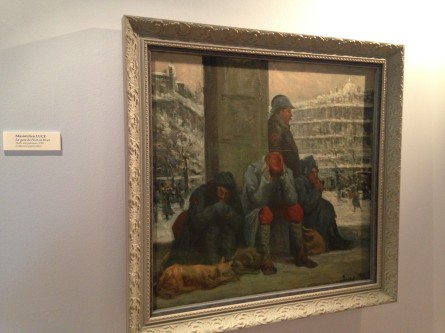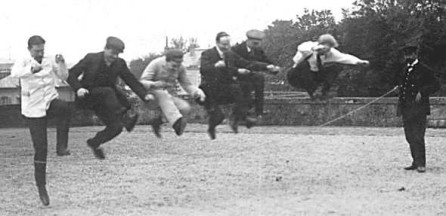Breakfast with Boulanger
We live in exciting times when I can be getting dressed to the sound of Lili Boulanger on Radio 3’s Breakfast, or driving to and from doctor’s appointments whilst hearing about the life and work of Elisabeth Jacquet de la Guerre, Composer of the Week. I take back my churlish comment in my last post: BBC Radio 3 are extending their focus on music written by women beyond a single day, and across a whole week – hurrah – which means, people, I’m mainstream. I can live with it.
Looking ahead, Barbara Strozzi gets an Early Music Show to herself, and Elizabeth Maconchy provides a fitting close to Words and Music. Hensel (or, as she is known to the BBC, Mendelssohn) and Schumann dominate a Coffee Concert, Schumann’s Piano Trio is the subject of Building a Library, and the Boulanger piece I heard on Radio 3 Breakfast (D’un Matin de Printemps) gets a live performance in the evening. Even Francesca Caccini gets a look in, admittedly not exactly at peak listening time, with excerpts from La Liberazione di Ruggiero going out in the early hours of Sunday morning.
Of the eight composers I am writing about, there’s just one who doesn’t get a look in, as far as I can tell: Marianna von Martines. And that just makes me even more passionate about her music – and even more determined to tell the story of her life. I can see why she has dropped off the radar. She writes in the classical style, and those absolute giants of music history, Haydn and Mozart, have that kind of music pretty much sown up. It probably also doesn’t help that there is a not much of a story to attach to her name, or at least not one of the stories which intrigue us when it comes to female composers. No bare breasts (Strozzi), no kings and princes (Caccini and Jacquet de la Guerre), no famous family members with the same name (Mendelssohn and Schumann); no tragedy (Boulanger and Maconchy). But to write Martines’ story, whilst challenging, has also been revelatory, and made me think hard, and creatively, about what exactly constitutes a life – on the page, and in what some people have called reality. Here she is, complete with Latin inscription and extremely interesting headwear.
I tried to see the original at the Wien Museum last year, but because they are re-organising it was not possible. The musicologist Michael Lorenz explains the inscription in his fascinating blog, http://michaelorenz.blogspot.co.uk/2012/10/martines-maron-and-latin-inscription.html if you want to know more.
It’s not easy to find quick and dirty access to Martines’ music, but you can find a few bars of her Overture in C, one of the most joyous pieces I have ever heard, on the BBC website, so to get a taste, go to http://www.bbc.co.uk/programmes/b03yq74f/segments. I recommend, however, a full-blown Martines feast, such as Il Primo Amore, available from Presto Classical. You will not regret it.


















 There is no portrait of Alleota, so a modern female conductor, Anu Tali, and her ‘wand’, will have to do. For an entertaining look at the growing presence of female conductors in the classical music world, 400 years and more on from Alleota at the convent San Vito, see
There is no portrait of Alleota, so a modern female conductor, Anu Tali, and her ‘wand’, will have to do. For an entertaining look at the growing presence of female conductors in the classical music world, 400 years and more on from Alleota at the convent San Vito, see 